July CRP Monthly Meeting Research Participant Panel
Every year in July the Clinical Research Professionals’ (CRP) monthly meeting offers CCHMC clinical research staff the chance to hear directly from research participants about their experience in participating in research. Each year participants from varied research study experiences share their perspectives, including why they participate, what went well and what could be better.
On July 26, 2023 seven research participants/family members shared their research journey stories:
A mom with 2 young children who both are participating in a rare disease study
A sickle cell research participant, community health worker who has been on study staff working with sickle cell adolescents
A mother and daughter sharing their story of participating in many studies through the years
An adult participant who has done 3 studies through Gamble, including a COVID study, motivated by the death of a loved one
A mother and daughter who shared the experience of participating in research at another institution while clinical care is happening at CCHMC
CRP Leadership/WE C-RAB Collaboration Lunch n’ Learns
The CRP Education Committee, along with the Leadership Committee, also began a Lunch n’ Learn series through collaboration with the West End Community Research Advisory Board (WE C-RAB). Two lunch n’ Learns have been held this year so far, on May 12th and August 30th.
At each event, four WE C-RAB members dialogued with CRPs about conducting community research and sharing their perspectives about participating in research. Topics covered ranged from the consent process to recruitment and creating greater connections with local communities.
Research Coordinator Jordan Baker talks through the PRECISE-ED Study with WE C-RAB member MaeLesha Lee in the consent role play.
Learnings/Takeaways
The following are some of the takeaways shared at these events about what to matters to participants and community members when conducting human subject research:
Be Clear and Transparent. Thoroughly answer questions, explain timelines and procedures thoroughly, and remind participant of voluntariness – this helps with feelings of safety.
Coordinate and combine! As much as possible, research and medical teams should collaborate to combine appointments (time commitment is a challenge) and procedures (avoid multiple separate sample collections, etc.) as much as possible.
Check-in between visits (longitudinal studies). In the case of a longitudinal study with large time gaps, remember to check in more frequently with participants and give more reminders between visits – feels more personal and helps ensure a reduction in study attrition.
Share results/data. Share individual test results and study data whenever possible – helps participant understand their contribution and provides incentive (study newsletter with updates).
Involve Families in decision-making. In the case of rare disease studies, the medical team’s willingness to involve/consider options helped the parent to feel empowered and part of the decision-making process.
Personal Touch Matters: Be personable and build trust. Offer a personal touch like remembering face/name/personal details – avoid treating participants like just a number or “lab rat”. Show you are paying attention and care.
Thoughtfully Approach about Research. Consider the appropriateness of your timing when approaching a hospitalized patient – they may be very ill at the time or recovering from major surgery. Parents of hospitalized children are under a great deal of stress. Start by asking how they are doing – this gets their attention and allows them to clear their head for that moment.
Be Mindful of Accessibility. Keep patient’s accessibility needs in mind when scheduling visits and procedures.
Create Environment Conducive to Speaking Up/Asking Questions. Create a space where the parent/patient feels comfortable/empowered to speak up about concerns.
Ways to engage more with local communities:
Word of mouth.
Connect with local organizations related to your area of interest.
Build relationships with community members and accommodate their needs.
Go to PTA/community meetings and local events to be present, engage and build relationships.
The ideal community/research partnership benefits both sides.
Consent Tips
Start Simply with “The Ask.” At initial contact, simplify what you need from the participant and say it up front. Potential Subjects can get a better idea if it’s something they can or want to do before going through the entire consent.
Avoid Acronyms/Scientific Jargon. Don’t use a lot of acronyms or scientific jargon when describing the research study – explain things in layman’s terms – many people do not have a scientific or research background.
Use Visuals. Use visuals/schedule diagrams to explain studies with multiple timepoints and sample collections, etc.
Break Often for Questions/Check for Understanding. Ask frequently if the participant needs anything clarified – don’t wait until the end of a 20–30-minute consent to see if they have any questions.
About the RPAC and WE C-RAB: The RPAC and WE C-RAB are resources available to anyone at Cincinnati Children’s Hospital interested in learning the research participant or community perspective and improving how research is conducted at the hospital or out in the community. If you are interested in seeking feedback from one of these groups at one of our meetings, or through electronic survey, contact Julie Wijesooriya.




